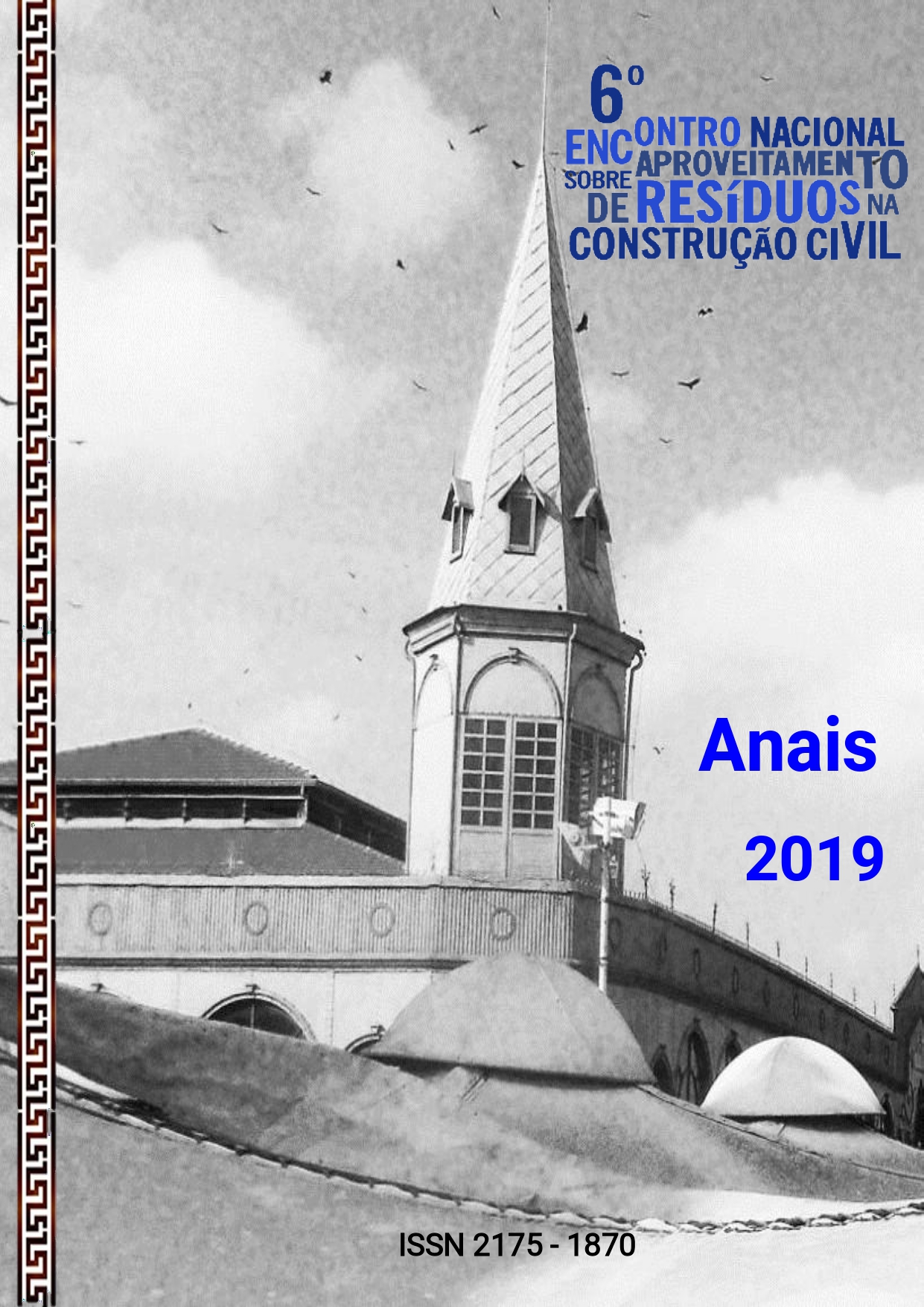TREATMENT OF RECYCLED CONCRETE AGGREGATE
A REVIEW
Keywords:
recycled concrete aggregates, adhered mortar, enhancement treatmentAbstract
Use of recycled concrete aggregates (RCA) has been shown to be increasingly necessary to reduce demolition waste and to reduce the extraction of raw material for concrete. However, this aggregate has lower quality when compared to natural aggregates, because there is an old adhered mortar and the formation of another interfacial transition zone (ITZ) in the concrete. This mortar absorbs more water than the natural aggregate, due to its porosity and has less resistance, leaving the new concrete more susceptible to the ingress of aggressive agents and reduced strength. Thus, this study aims to review the existing methods for improving the recycled concrete aggregate, citing its advantages and disadvantages. Most common methods are those that remove and those that promote improvement of the residual mortar. It has been seen that those who promote RCA improvements cause less environmental impacts compared to those that take away the residual mortar, besides consuming more energy, still need to discard the waste generated.

